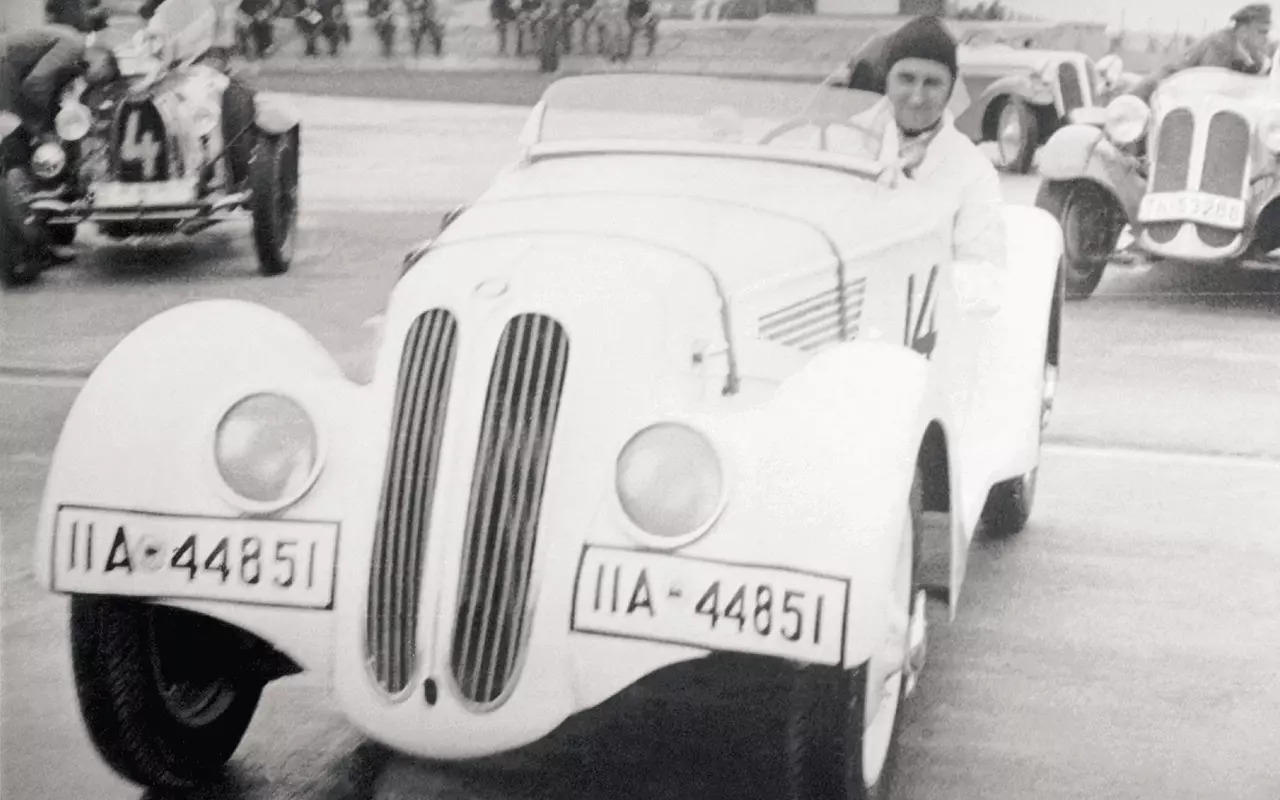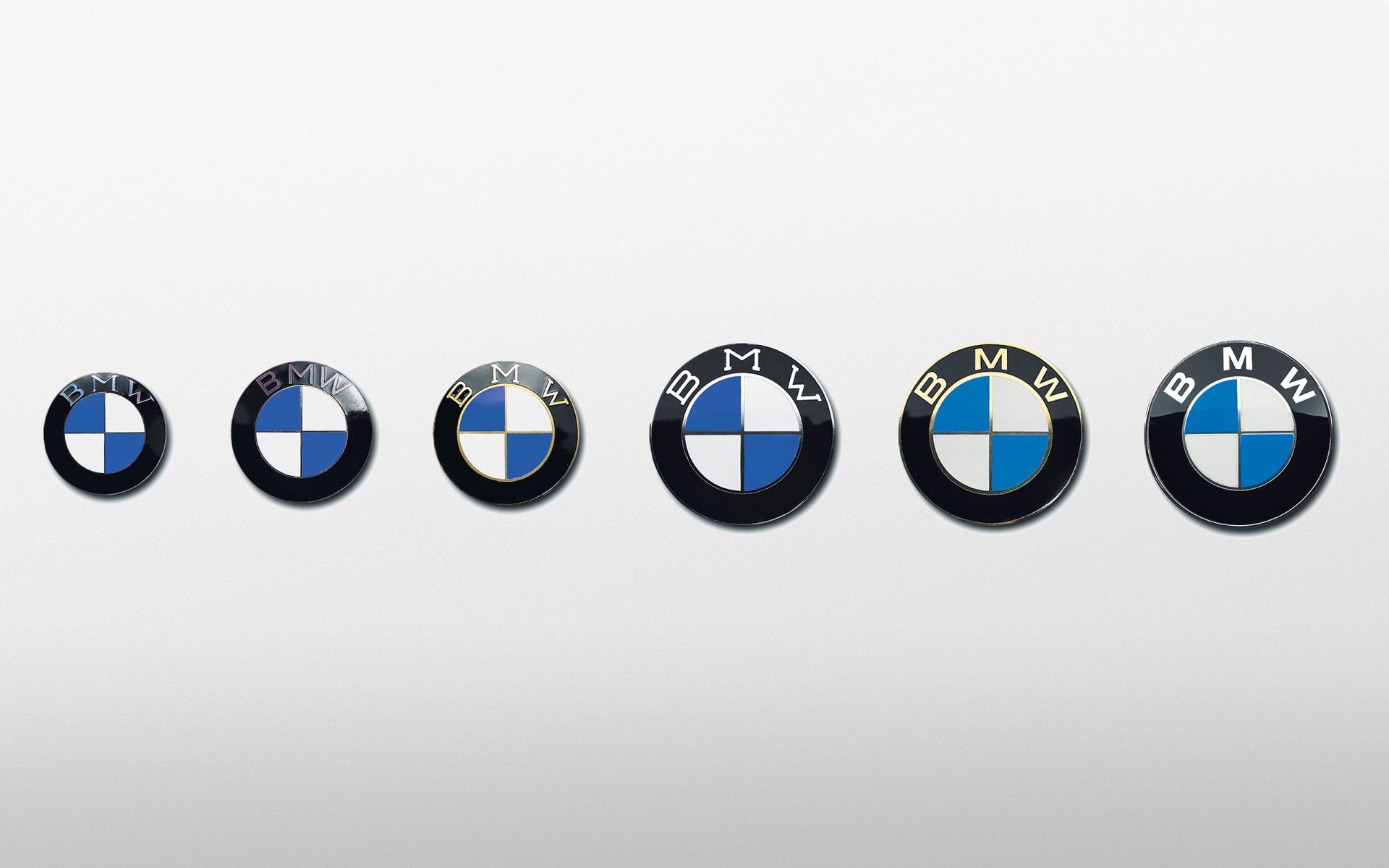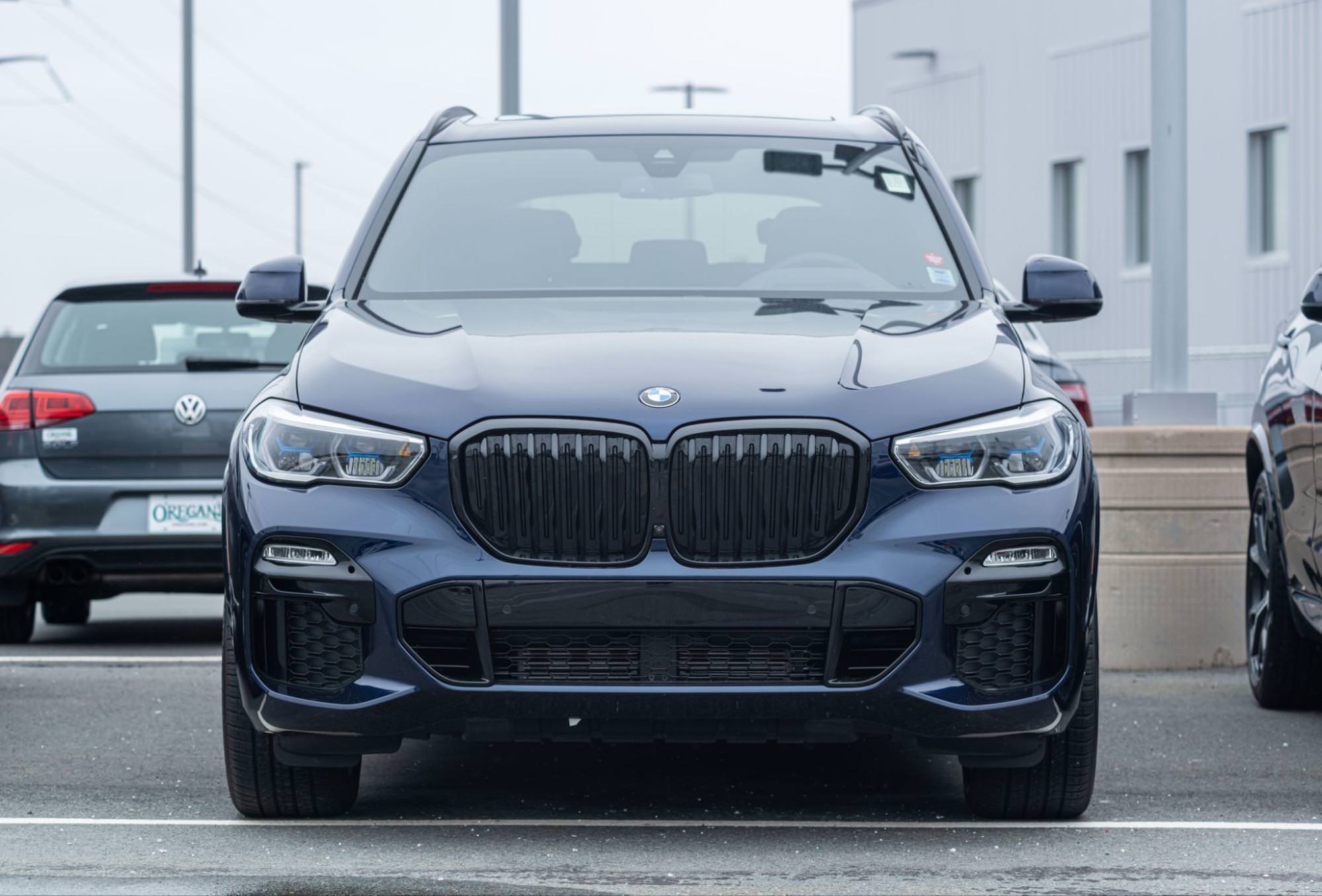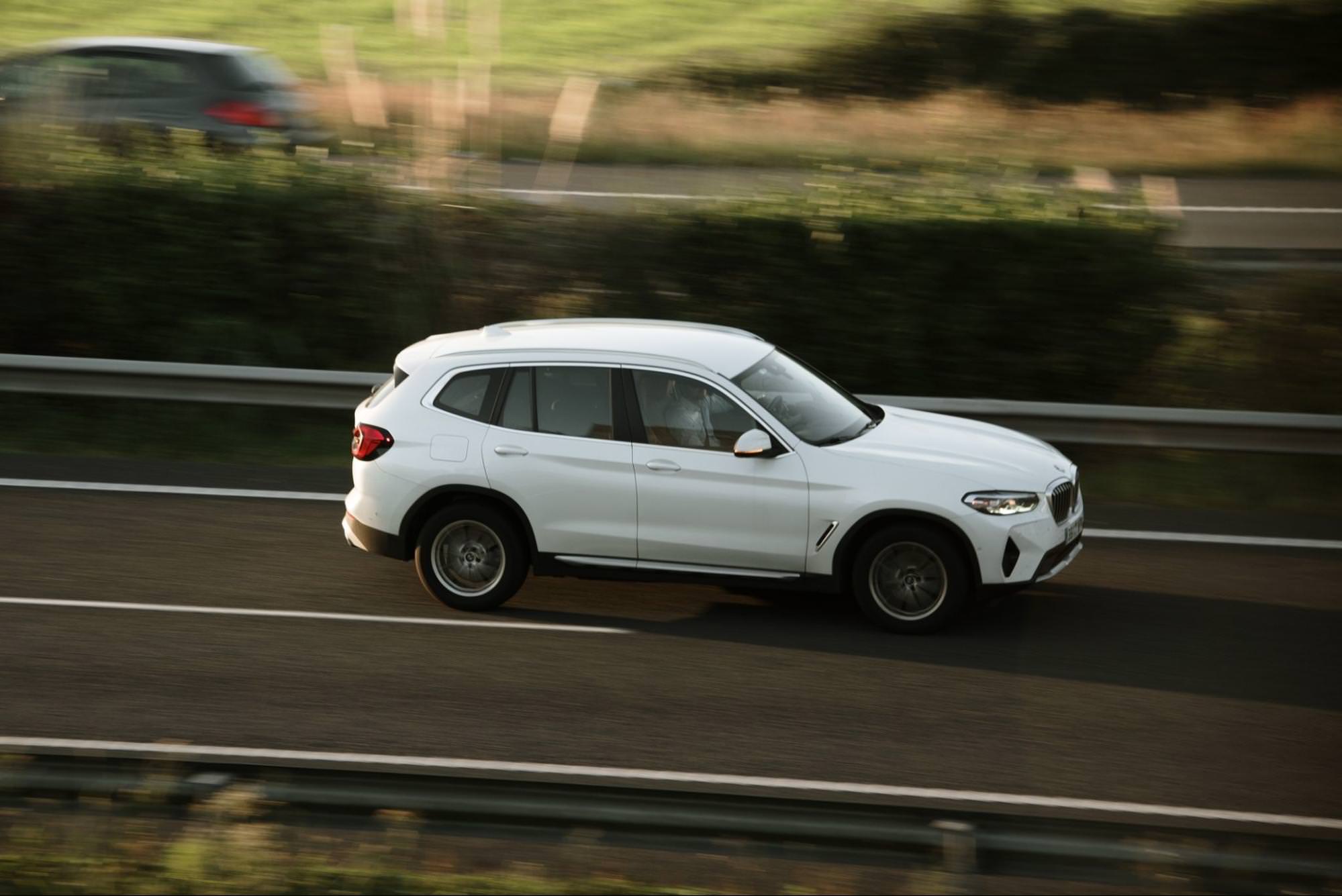- Blog
- 5 BMW Facts Every Car Salesman Should Know
5 BMW Facts Every Car Salesman Should Know
Discover 5 fascinating BMW facts every car trader should know. From aircraft engines to surprising motorsport history, boost your BMW expertise now.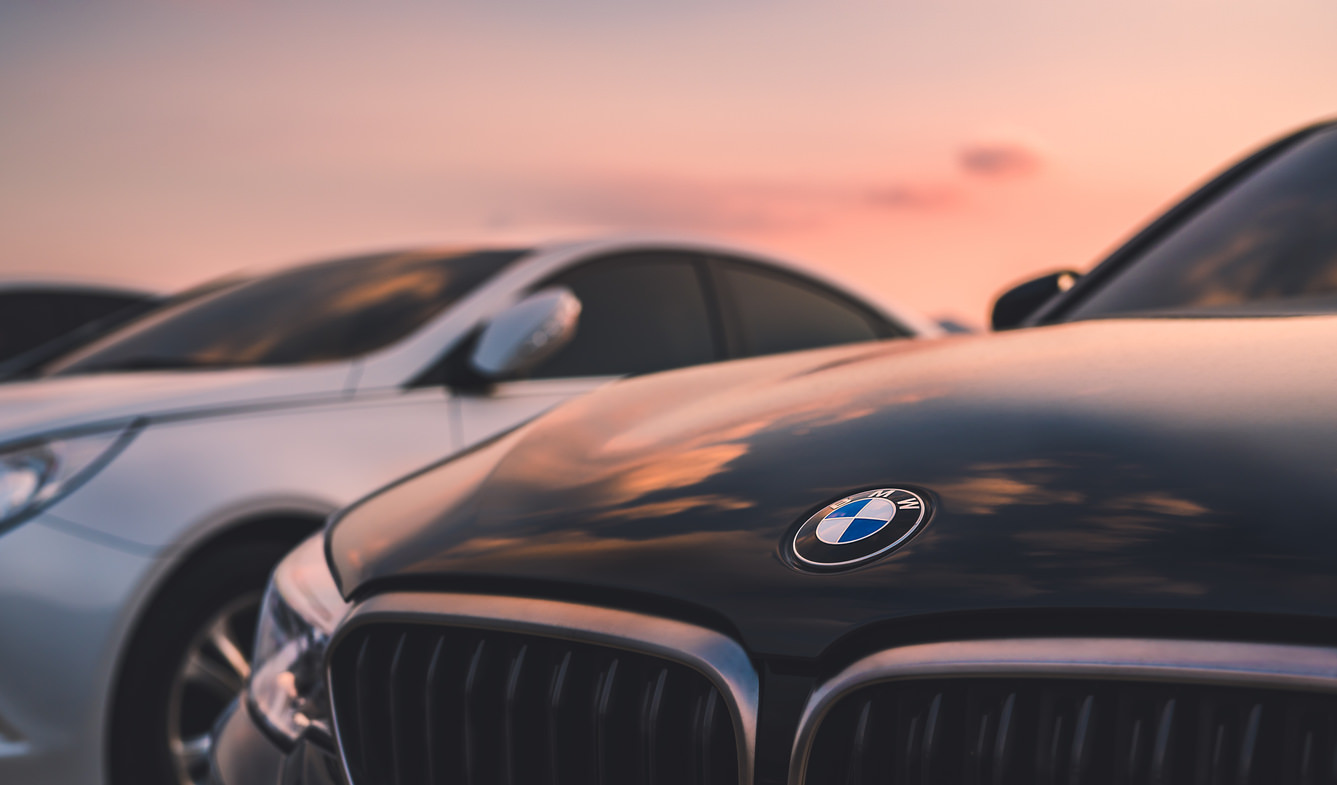
BMW, a name synonymous with luxury and performance, has a rich history and diverse product range that can captivate potential buyers.
Let's explore some key facts about BMW that will not only impress your clients but also help you make more informed sales.
Whether you're new to selling BMWs or looking to refresh your knowledge, this information will give you an edge in the competitive automotive market.
A brief history of BMW
BMW's story begins in 1916, during World War I, but not in the way many people expect. The company, whose full name is Bayerische Motoren Werke (Bavarian Motor Works), initially manufactured aircraft engines. This aerospace heritage would later influence their car designs and even their logo.
 Building aircraft engines was the start of BMW
Building aircraft engines was the start of BMW
BMW's transition to car manufacturing came in 1928 when they acquired the Fahrzeugfabrik Eisenach company. This acquisition led to the production of the BMW 3/15, also known as the Dixi, which was essentially a licensed copy of the British Austin 7. It marked BMW's entry into the automotive world.
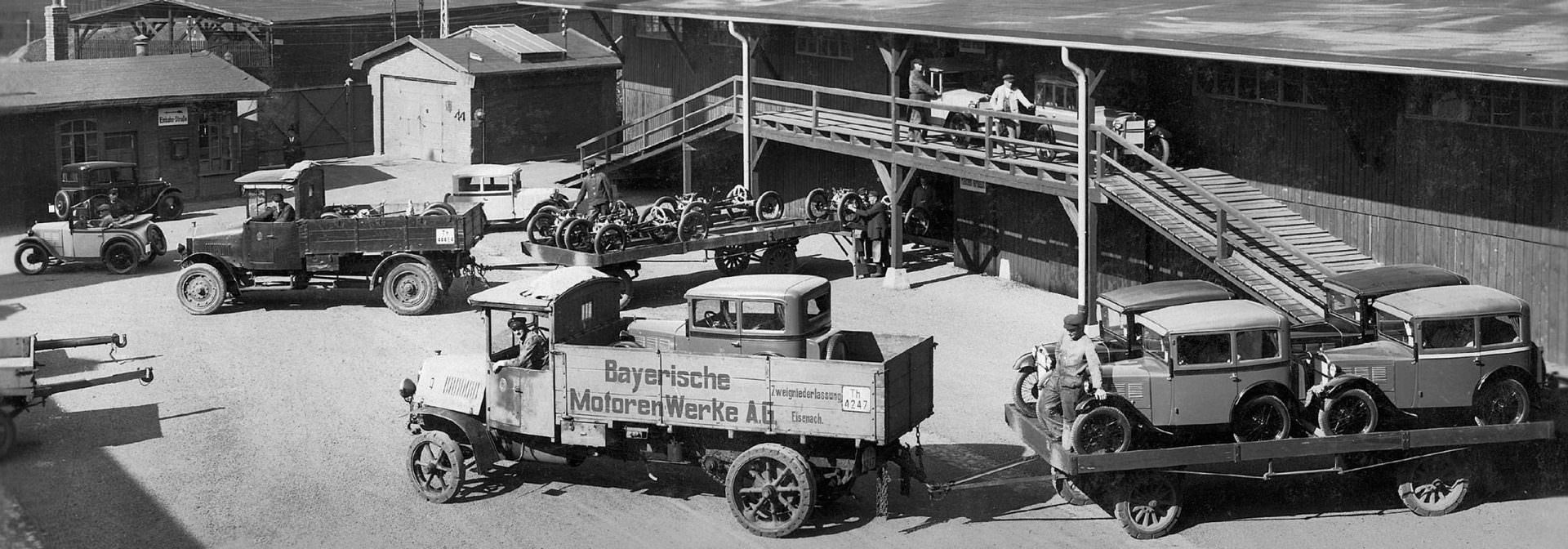 All BMW Dixis were made at Fahrzeugfabrik Eisenach factory in Germany
All BMW Dixis were made at Fahrzeugfabrik Eisenach factory in Germany
In 1936, the BMW 328 was introduced - a revolutionary sports car that dominated races and set new standards in automotive engineering. This period established BMW's reputation for performance and innovation.
The 1950s marked a period of rebirth for BMW. They resumed motorcycle production and introduced new car models like the BMW Isetta.
From the 1970s onward, BMW expanded its range, introduced new technologies, and solidified its position as a premium automaker. The launch of the 3 Series, 5 Series, and 7 Series created a clear and logical model hierarchy that continues to this day.
Today, BMW continues to innovate, blending its traditional values of driving pleasure with cutting-edge technology and environmental responsibility.
Brands within the BMW Group
The BMW Group consists of 4 distinct brands, each with its own identity and target market.
- BMW: The core brand focuses on premium cars and motorcycles. The range includes everything from compact cars to luxury sedans, sports cars, and SUVs.
- MINI: Acquired by BMW in 1994, MINI is a British brand known for small, stylish cars that offer a fun driving experience. The modern MINI range has expanded beyond the classic hatchback to include convertibles, crossovers, and electric models.
- Rolls-Royce: BMW has owned the rights to produce Rolls-Royce cars since 1998. Rolls-Royce represents the pinnacle of luxury in the automotive world.
- BMW Motorrad: The motorcycle division, produces a wide range of bikes from urban commuters to long-distance tourers.
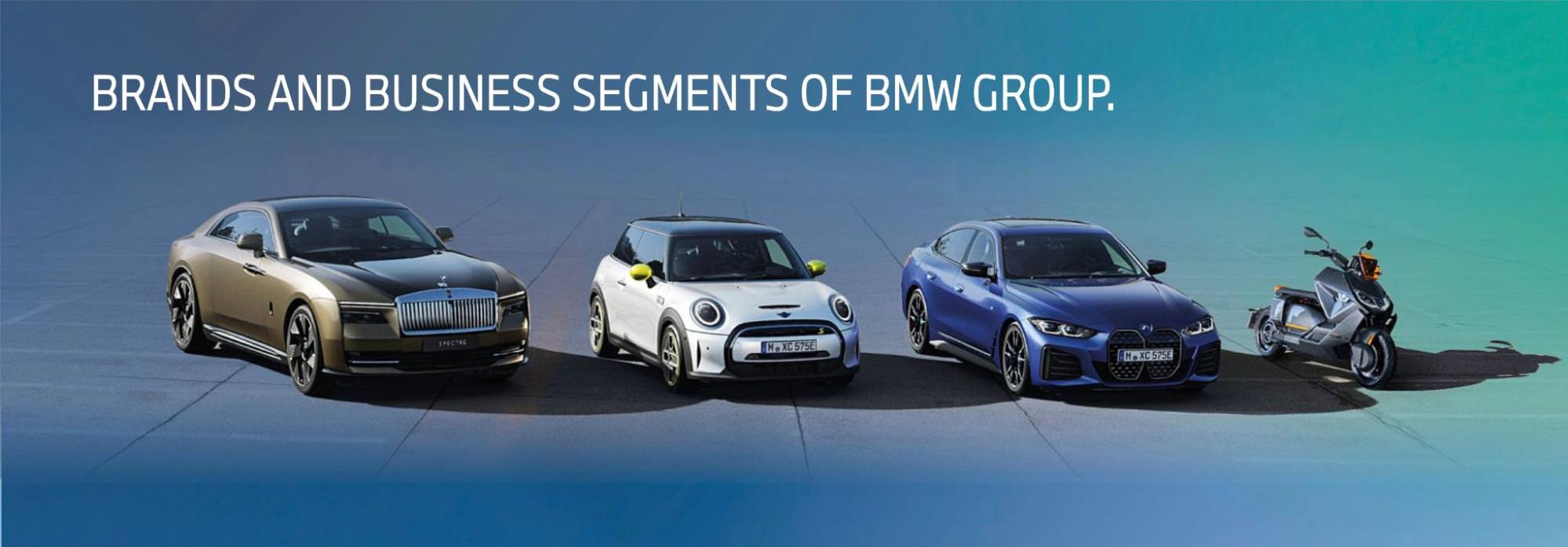
BMW's contribution to motorsports
BMW's involvement in motorsports is a crucial part of their brand identity and technological development. The company's racing heritage has significantly influenced their road cars.
BMW's motorsport journey began in the 1920s with motorcycle racing, where they quickly established dominance.
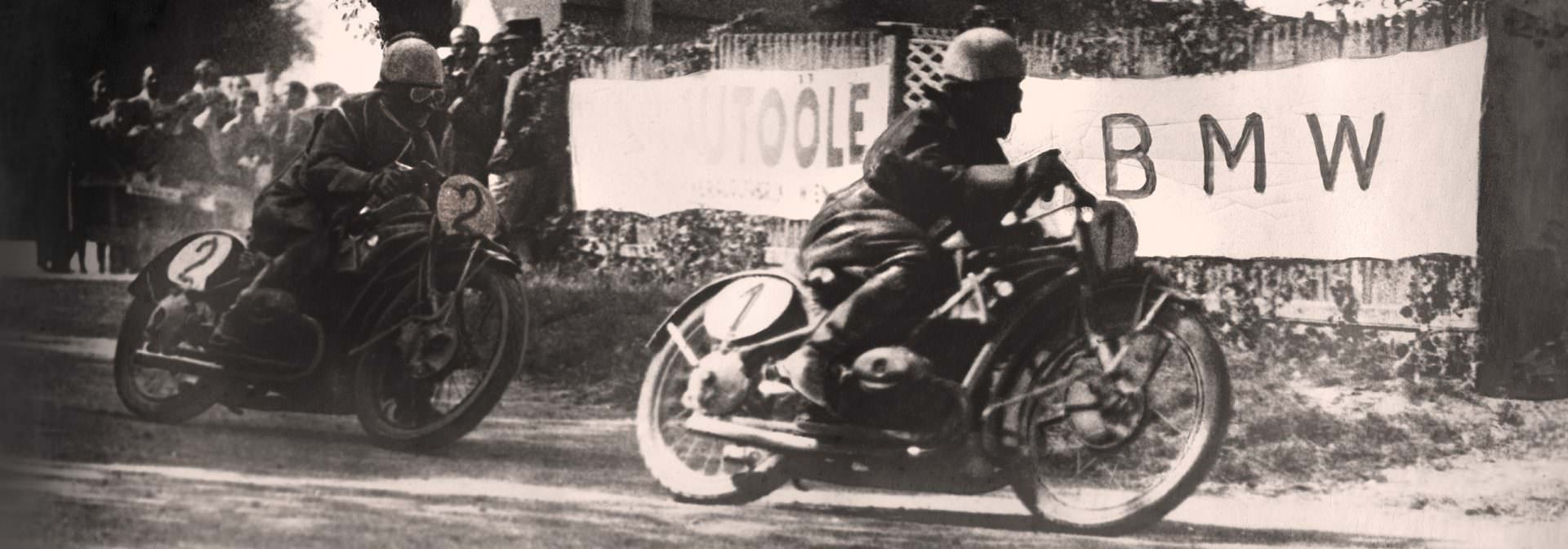 From 1924 to 1929, BMW won all German Championships in motorcycle racing
From 1924 to 1929, BMW won all German Championships in motorcycle racing
In car racing, BMW's first major success came in 1940 when the BMW 328 won the Mille Miglia, a prestigious Italian open-road endurance race.
Formula One has been a significant part of BMW's motorsport involvement - their engines powered the cars of the team who won the World Championship in 1983.
Other involvments in racing include 24 Hours of Le Mans, the Deutsche Tourenwagen Masters (DTM), GT racing and Formula E (an all-electric racing series).
The impact of motorsport on BMW's road cars is significant. Technologies like high-revving engines, advanced aerodynamics, and lightweight construction often find their way from the racetrack to production vehicles.
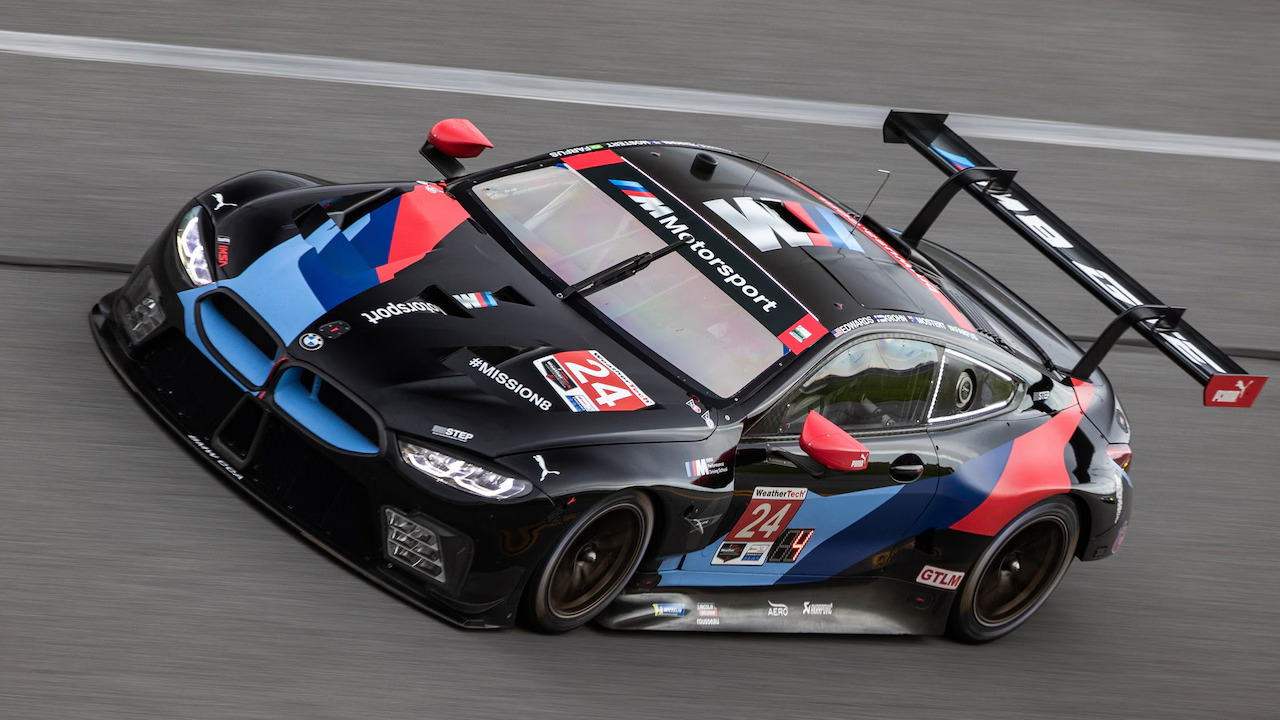
Motosports are an integral part of the BMW brand
5 facts about BMW to surprise your clients with
As a car trader, having interesting tidbits of information can help you engage customers and demonstrate your expertise.
Learn more about other car brands and expand your sales knowledge:
- History and facts about Peugeot
- 6 interesting facts about Audi
- History and trivia about Nissan
- Interesting facts about Mazda
Here are some fascinating facts about BMW that can spark conversations and potentially drive sales:
Fact #1: The BMW logo meaning
The iconic BMW logo is more than just a pretty design. Many people believe it represents a spinning propeller against a blue sky, because of the company's aviation roots. However, this is actually a popular misconception.
The truth is that the logo's colors - blue and white - are a reference to the flag of Bavaria, the German state where BMW was founded.
The propeller myth originated from a 1929 BMW advertisement that showed the logo superimposed on a rotating aircraft propeller. This image stuck in the public imagination, despite not being the logo's true origin.
Fact #2: BMW's electric journey started early
The company's journey into electric vehicles began much earlier than most realize.
In 1972, BMW unveiled a modified 1602 model at the Olympic Games in Munich. This vehicle was equipped with a 350kg battery pack and could travel up to 59 kilometres on a single charge.
While primitive by today's standards, it was a bold step at the time.
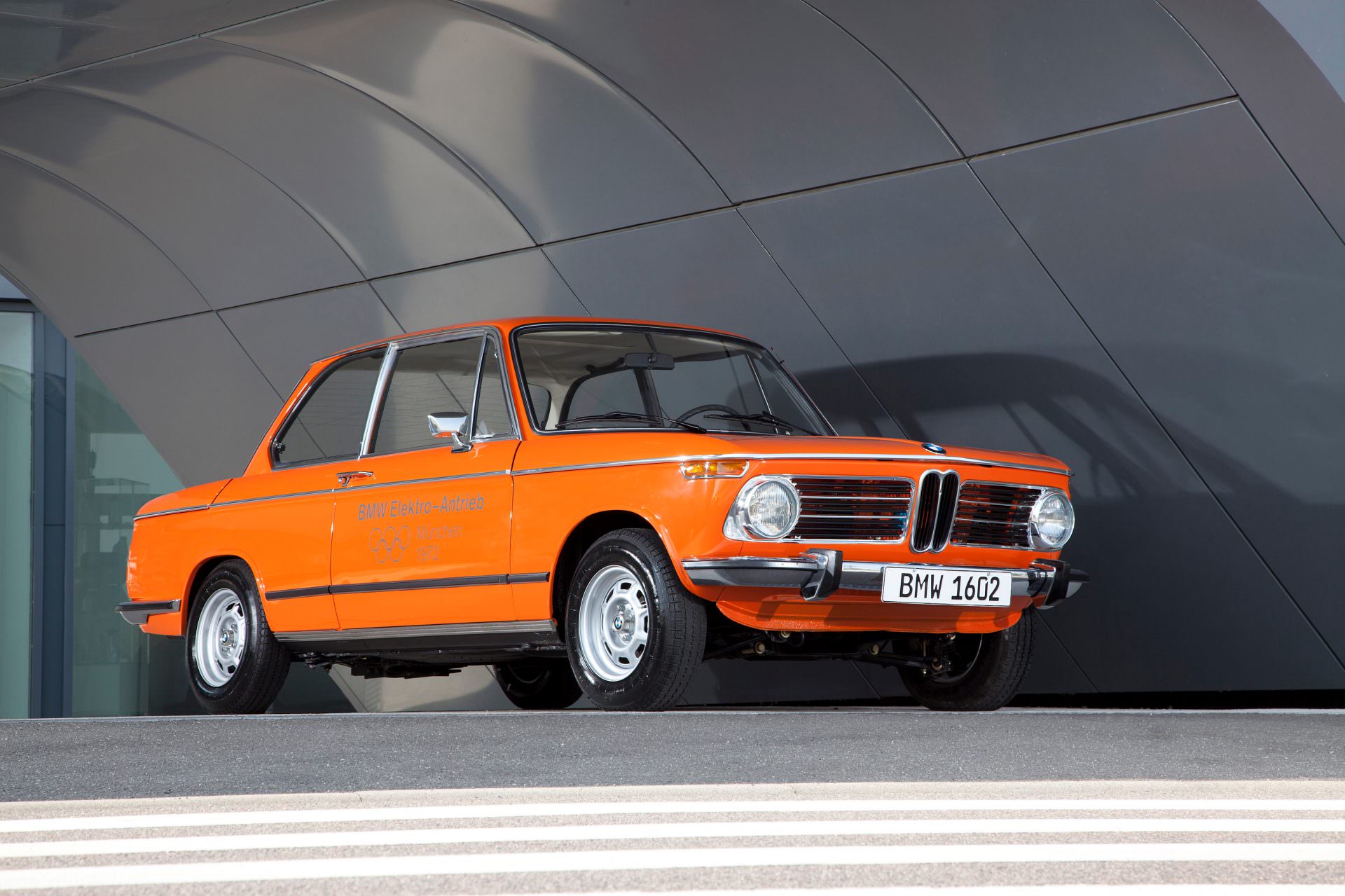
Throughout the 1970s and 1980s, BMW continued to experiment with electric vehicles.
In the early 1990s, BMW produced a limited number of E1 and E2 electric concept cars. These compact vehicles were designed specifically as electric cars from the ground up, rather than being converted from existing models.
Fact #3: BMW in James Bond movies
BMW's partnership with the Bond films began in 1995 with "GoldenEye." In this movie, Bond (played by Pierce Brosnan) drove a BMW Z3 roadster. The product placement was so successful that all 3,000 BMW Z3s slated for production reportedly sold out before the film even premiered.
In "Tomorrow Never Dies" (1997), Bond upgraded to a BMW 750iL. This car was packed with gadgets, including a remote control system that allowed Bond to drive the car from the backseat.
Fact #4: BMW's art cars
BMW's Art Car project is a unique initiative that blends automotive engineering with fine art. Since 1975, BMW has invited renowned artists to use its cars as canvases, creating moving works of art.
The project began when French race car driver and art enthusiast Hervé Poulain invited his friend Alexander Calder to paint a BMW 3.0 CSL that Poulain would drive in the 1975 Le Mans race. The result was so striking that BMW decided to continue the project.
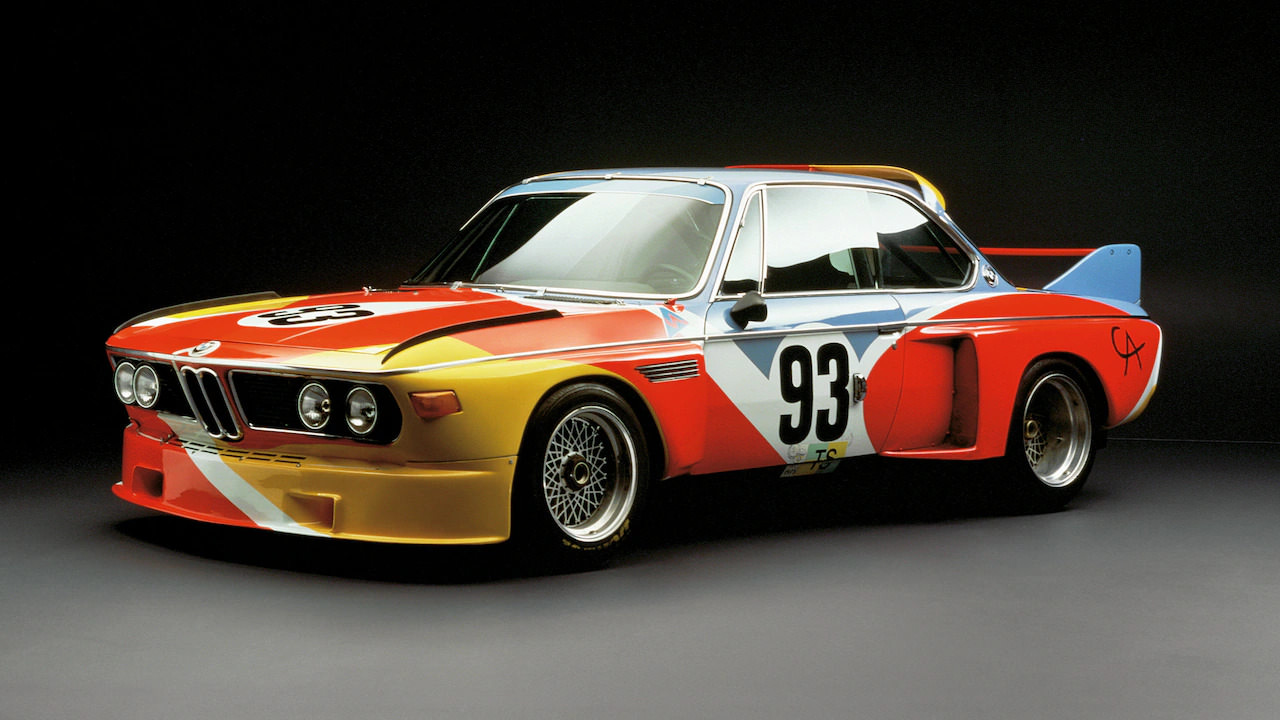
Over the years, 19 Art Cars have been created by some of the world's most famous artists, including like Andy Warhol, Roy Lichtenstein, Jeff Koons, David Hockney and Jenny Holzer.
These Art Cars have been exhibited in prestigious museums worldwide, including the Louvre in Paris and the Guggenheim in New York.
Fact #5: The smallest BMW ever
The BMW Isetta is a fascinating chapter in BMW's history.
The Isetta, often referred to as the "bubble car" or "rolling egg," was an unconventional microcar that played a crucial role in BMW's survival during the 1950s.
It had a single door on the front of the vehicle, which opened forward along with the steering wheel and instrument panel to allow entry.
The Isetta was a commercial success for BMW, with over 161,000 units sold between 1955 and 1962. It played a significant role in preventing BMW's bankruptcy during a challenging period, providing the company with much-needed revenue to develop more conventional car models.
Today, the Isetta is a highly sought-after collector's item.
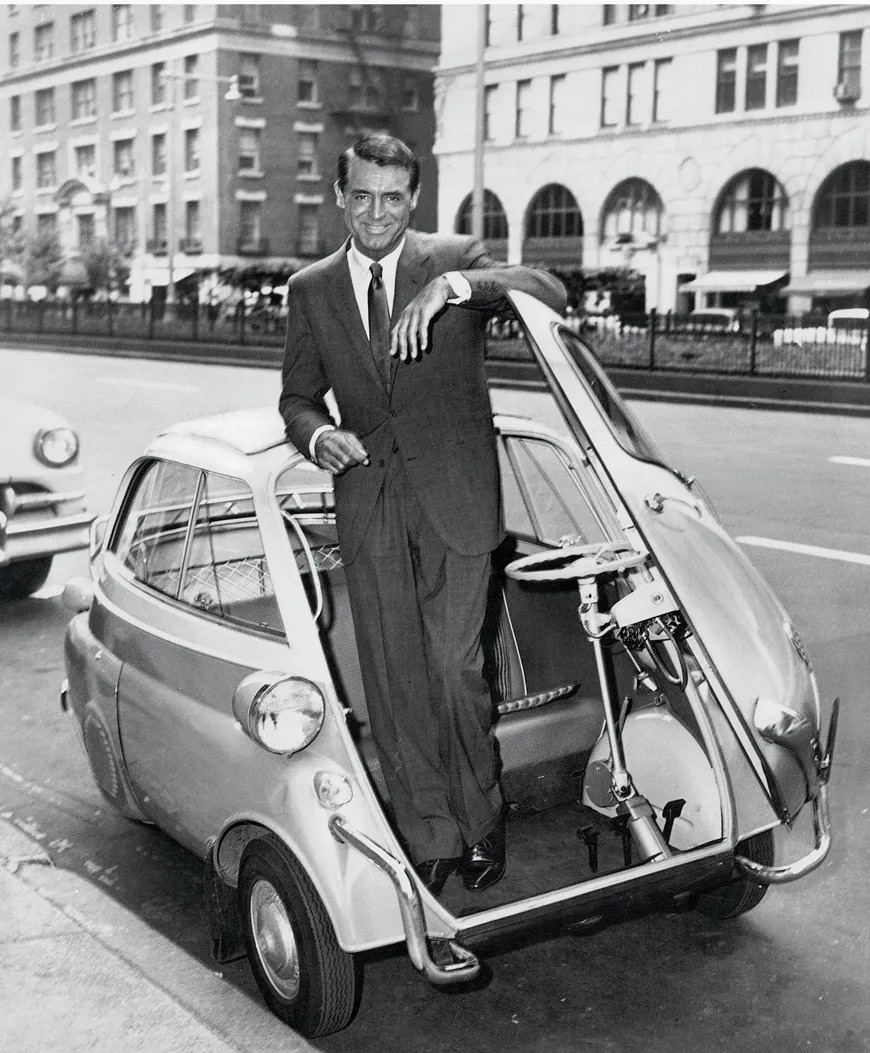
Source: Inexibit
What are the most popular models of BMW?
As a car trader, understanding which used BMW models are in high demand is crucial for maximizing your profits and managing inventory efficiently.
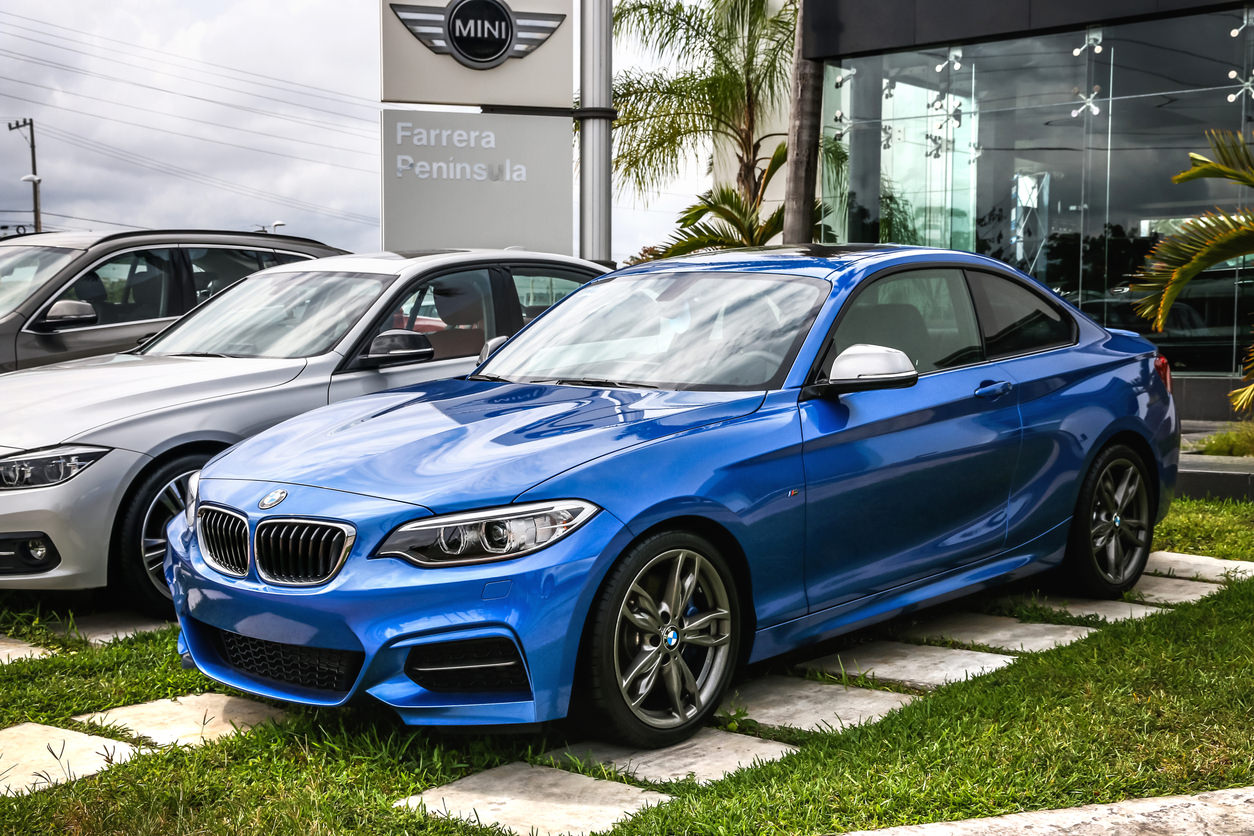
1 Series / 2 Series
These compact BMWs serve as entry points to the brand, attracting younger buyers and those new to the luxury market.
While profit margins may be slimmer than on larger models, the BMW 1 Series and BMW 2 Series benefit from quicker turnover rates due to their accessibility.
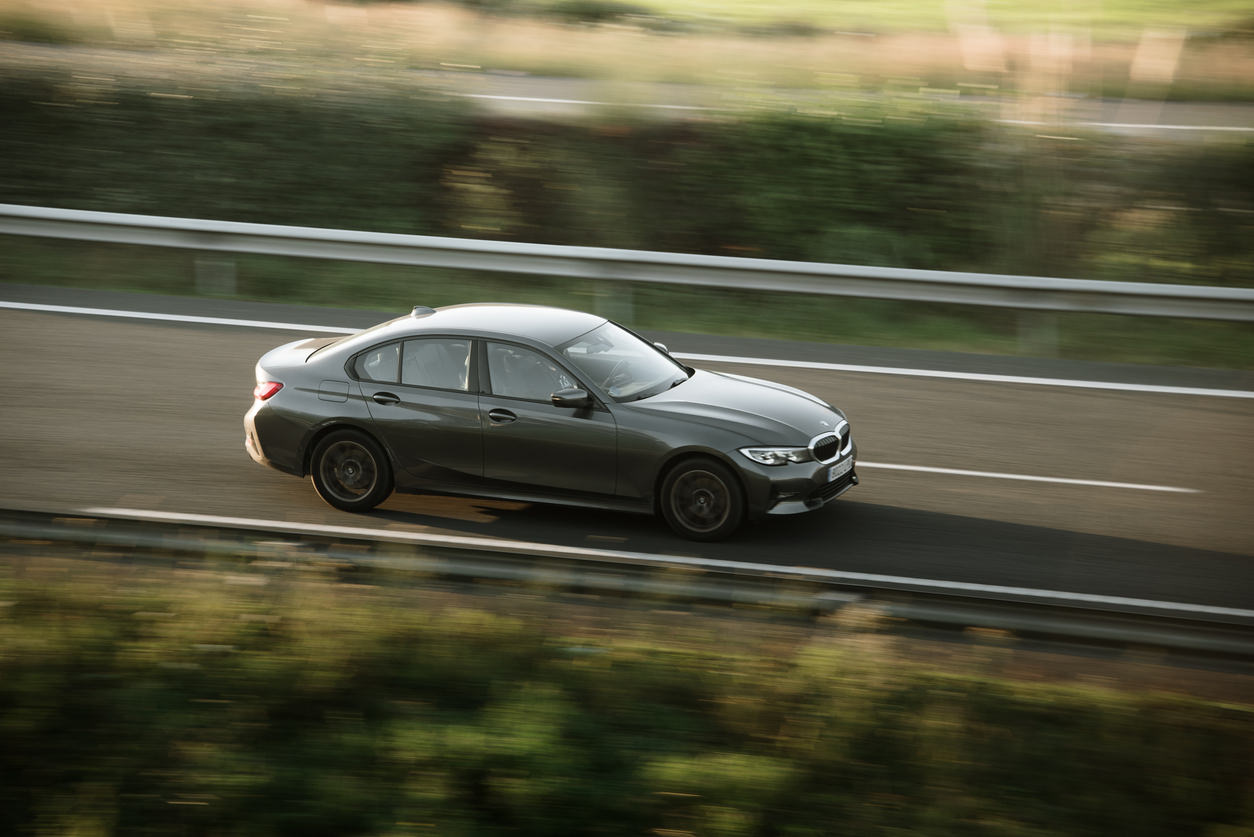
3 Series
The BMW 3 Series is a global top-seller, consistently ranking as one of BMW's best-performing models. The 3 Series tends to hold its value well, especially those cars with lower-mileage and sport packages.
From a trading perspective, the 3 Series offers quick turnover potential due to high demand. Pay attention to model years with significant updates, as these often see increased interest from buyers.
The widespread availability of parts and independent service options makes the 3 Series an attractive option for buyers, which can help you move inventory faster.
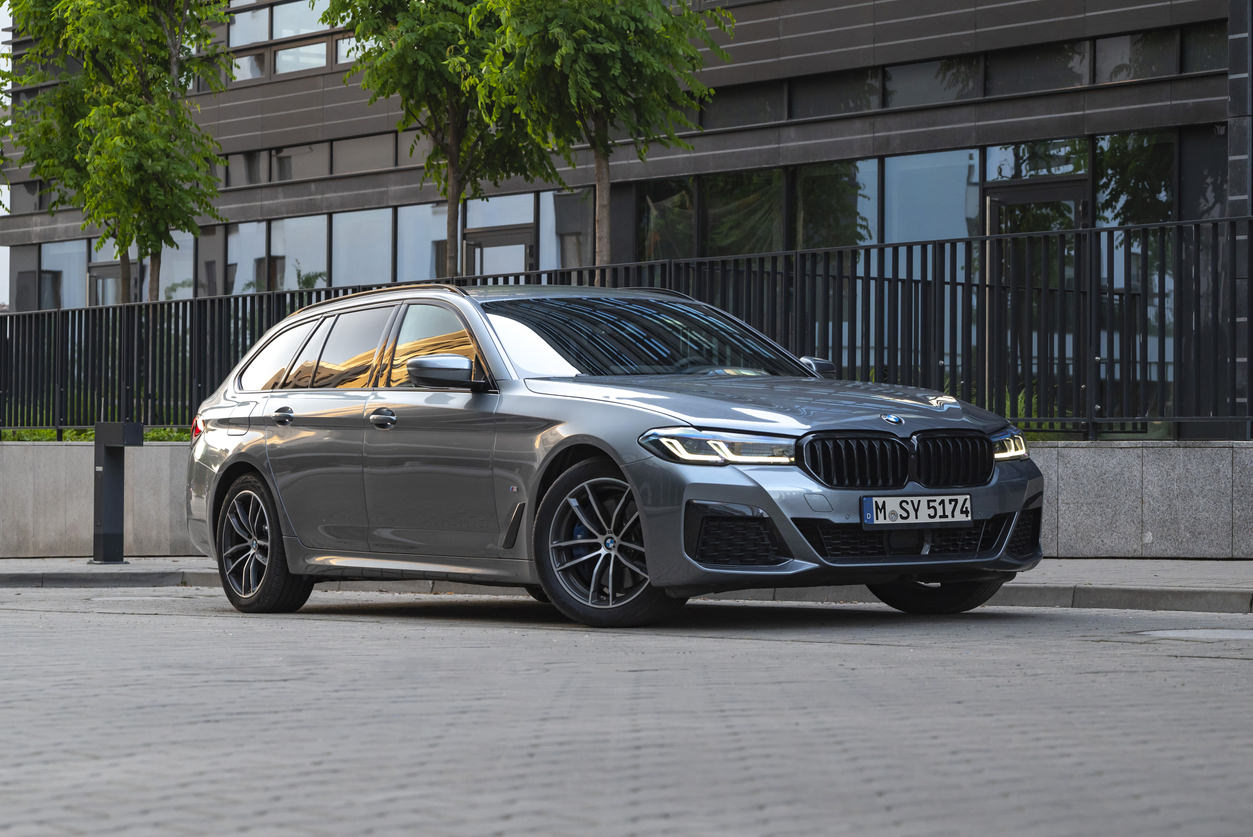
5 Series
The BMW 5 Series has strong sales figures in markets where executive cars are favored. While it may not sell as quickly as the 3 Series, the 5 Series attracts a more affluent customer base, potentially allowing for higher profit margins.
When trading 5 Series models, consider the trim levels carefully. Higher-spec versions with desirable options packages often have better resale values and may be worth the initial investment.
X5
BMW's X5 SUV presents an opportunity for substantial profits, especially with well-equipped, low-mileage models.
The X5's popularity among families and luxury SUV enthusiasts means you can often ask premium prices for models with desirable features like third-row seating or high-end entertainment systems.
Be aware of regional preferences – in some markets, diesel variants may be more sought after, while in others, petrol or hybrid models may be in higher demand.
X3
The BMW X3 has a more accessible price point compared to the X5 and there is a consistent demand for this car in the used car market.
In many markets, all-wheel-drive variants (xDrive) can fetch a premium price.
The X3's broad appeal means you can often turn over inventory quickly, but be prepared for seasonal fluctuations in demand, especially in regions with harsh winters where SUVs become more desirable.
Buy Ex-Lease BMW Cars on eCarsTrade!
Looking to add some quality BMWs to your stock? eCarsTrade offers a great selection of ex-lease BMW vehicles. These cars often come with:
- Lower mileage compared to typical used cars
- Regular maintenance history
- A wide range of models to choose from
By sourcing your BMWs from eCarsTrade, you can offer your customers high-quality used vehicles at competitive prices. This will help you attract more buyers and boost your sales.
Remember, when selling BMWs, highlight their reputation for performance, luxury, and innovative technology.
Use the facts you've learned here to engage your customers and demonstrate your knowledge. With the right approach, you can turn BMW enthusiasts into satisfied customers!
Discover a diverse range of ex-lease and rental vehicle auctions from top European companies through eCarsTrade! We partner with reputable suppliers like Arval, Athlon, KBC, and ALD to bring you a wide selection of second-hand used cars from lease and rental companies. Find your next gem and bid with confidence in our transparent and secure auction platform.
